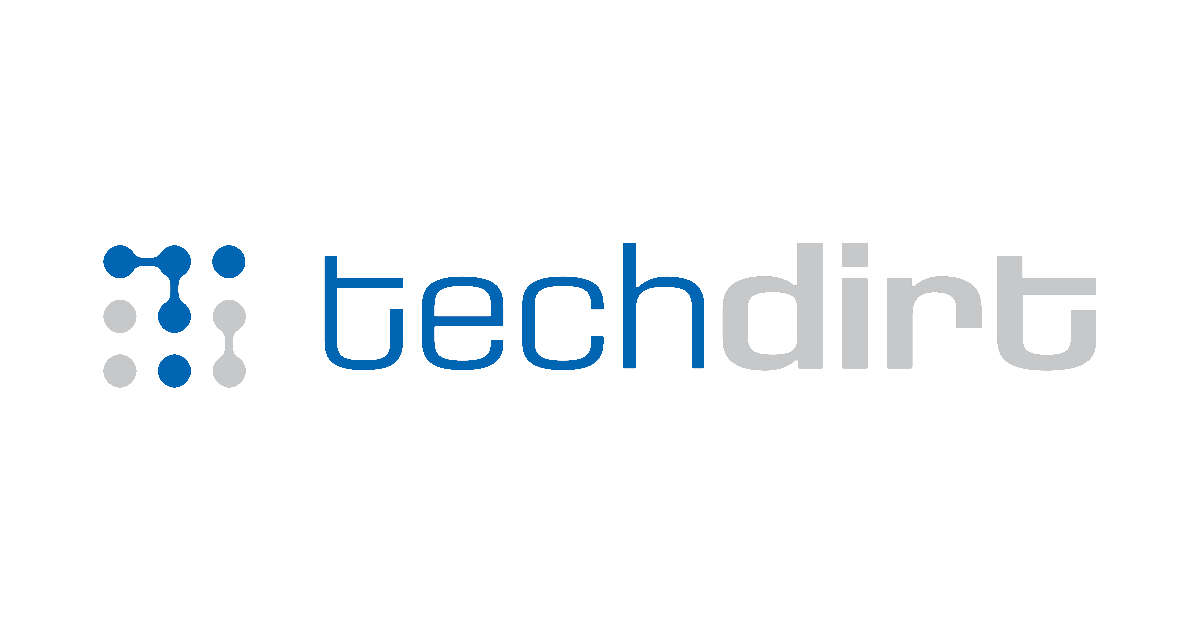Meta Description: Global medical wearable device adhesives market, valued at USD 2. 1 billion in 2021, surges at 12. 4% CAGR to USD 4. 8 billion by 2028, fueled by remote monitoring and chronic disease management trends. The global medical wearable device adhesives market was valued at USD 2. 1 billion in 2021 and is projected to reach USD 4. 8 billion by 2028, growing at a compound annual growth rate (CAGR) of 12. 4% from 2022 to 2028. This robust expansion highlights the increasing adoption of continuous health monitoring technologies amid rising chronic conditions and aging populations. Demand for skin-friendly, durable bonding solutions in devices such as glucose monitors and fitness trackers drives sustained market momentum. Download FREE Sample Report: Market Overview Medical wearable device adhesives enable secure attachment of sensors, patches, and monitors to the skin while ensuring biocompatibility and breathability. Common formulations include acrylics, silicones, and hydrocolloids, designed for extended wear periods ranging from hours to weeks. The market reflects balanced growth in production capacity, with manufacturers prioritizing hypoallergenic properties and residue-free removal. Supply chains focus on precision coating techniques to support device miniaturization and flexibility. Top 7 Emerging Trends in the Medical Wearable Adhesives Industry Surge in silicone-based adhesives for long-term wear in continuous glucose monitoring systems. Development of conductive adhesives integrating data transmission within skin-contact layers. Shift to bio-based and biodegradable formulations to meet regulatory and sustainability goals. Adoption of microfluidic channels in adhesive layers for sweat analysis in sports wearables. Growth of ultra-thin, stretchable adhesives compatible with flexible electronic substrates. Integration of antimicrobial agents to reduce infection risks during prolonged device use. Rise of smart adhesives with embedded sensors for real-time adhesion strength monitoring. Key Market Drivers Expanding remote patient monitoring: Telehealth adoption accelerates demand for reliable wearable fixation. Aging global population: Increased prevalence of diabetes and cardiovascular conditions boosts device usage. Technological integration in wearables: Smaller, multifunctional sensors require advanced bonding performance. Regulatory focus on skin safety: Stringent standards push innovation in gentle, high-adhesion materials. Strategic Developments In 2023, major suppliers expanded silicone adhesive production lines to support next-generation insulin patch pumps. Partnerships between adhesive firms and wearable OEMs standardized material compatibility for faster device certification. Investments in North American R&D centers accelerated development of low-trauma removal technologies. Clinical trials for novel hydrocolloid variants demonstrated 14-day wear capability by mid-2024. Technological Advancements Advanced polymerization techniques now produce adhesives with tunable tack levels and moisture management properties. Nanotechnology enhances bonding strength without compromising skin breathability, enabling lighter wearable designs. These innovations promote eco-friendly manufacturing through solvent-free coating processes and recyclable backing materials. Regional Insights North America leads the medical wearable device adhesives market, driven by strong FDA-approved device pipelines and healthcare digitization in the United States. Europe follows closely, supported by rigorous biocompatibility regulations and aging demographics in Germany and the U. K. Asia-Pacific emerges as the fastest-growing region, with China and Japan scaling production for affordable continuous monitoring solutions. Key Companies 3M (U. S.): Pioneers acrylic and silicone systems for extended-wear cardiac monitors. DuPont (U. S.): Develops high-performance hydrocolloid adhesives for wound-adjacent wearables. Scapa (U. K.): Specializes in breathable, skin-friendly tapes for European fitness devices. H. B. Fuller (U. S.): Supplies pressure-sensitive adhesives optimized for flexible sensor attachment. Henkel (Germany): Focuses on conductive and antimicrobial formulations for smart patches. Lohmann (Germany): Offers precision die-cut adhesive components for medical OEMs. Elkem Silicones (Norway): Provides medical-grade silicones with superior elongation properties. Polymer Science (U. S.): Innovates in low-irritation adhesives for pediatric applications. Adhezion Biomedical (U. S.): Advances cyanoacrylate-based solutions for secure device fixation. Download FREE Sample Report: Future Outlook / Market Perspective The medical wearable device adhesives market continues transforming through material innovation and integration with digital health ecosystems. As remote diagnostics and preventive care gain traction worldwide, the sector presents significant opportunities for manufacturers investing in biocompatible and sustainable adhesion technologies through 2028. Contact us : International: +1(332) 2424 294 | Asia: +91 9169162030 Website:.
https://www.prnewsreleaser.com/news/124868
Medical Wearable Adhesives Market 2028: Transforming Growth, Key Players, and Regional Insights


